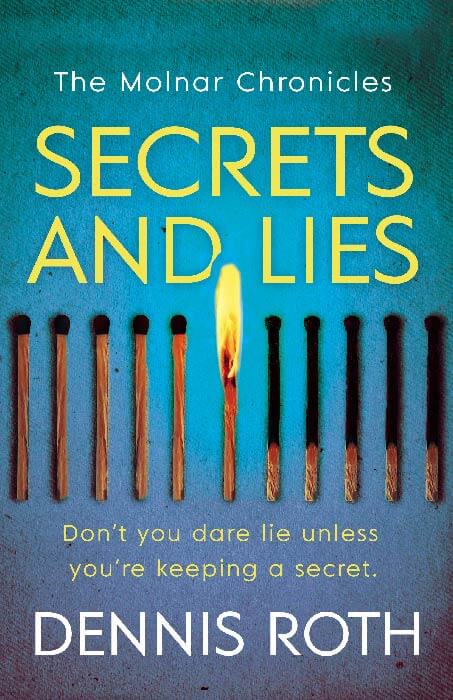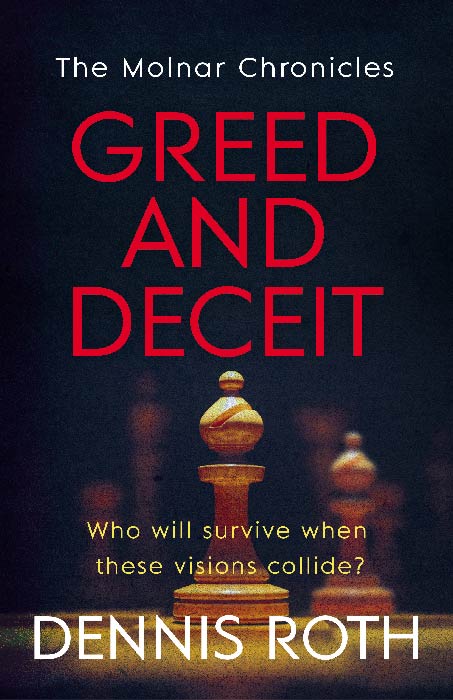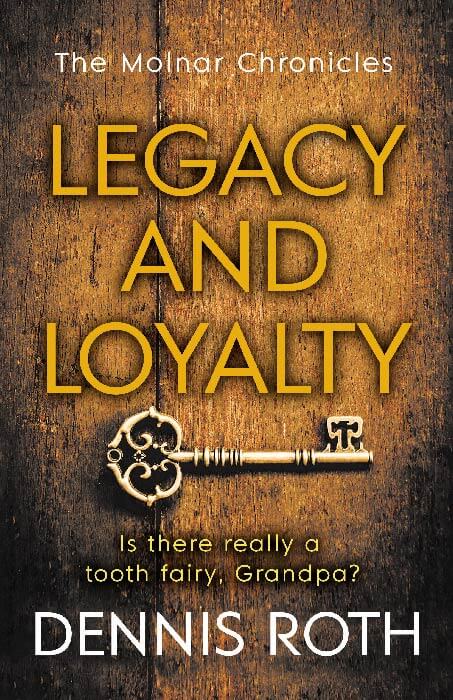Part 3. Creativity in Great Writing is the third installment in our series on The Writing Process for New Authors. It began with Part 1, Write Better with a Structured Writing Routine. Then it continued with Part 2, Solitude in the Writer’s Life.
Introduction
The importance of creativity in great writing is nothing short of the heartbeat of exceptional writing. It stands as the driving force that infuses vitality words. It alters mundane concepts into riveting narratives that capture the imagination. At its very essence, creativity knows no bounds. Writers armed with a liberated imagination combined with their artistic insights can harness this extraordinary power. From there, they can weave literary masterpieces that resonate deeply with readers.
Creativity in the Writing Process
To begin, one of the most captivating aspects of excellent writers lies in their remarkable ability to breathe life into their characters. Within their imagination, writers wield their creative prowess to craft multi-dimensional personas. These characters, endowed with their own distinct personalities, imperfections, and virtues, transcend the boundaries of mere words on a page. They metamorphose into relatable beings, capable of forging profound connections with readers. With their use of creativity, writers infuse their characters with emotions, dreams and aspirations. They are able to etch them in the hearts of those who traverse the pages of their works.
The creative process grants writers the power to forge intricate plotlines that take readers on exhilarating journeys. This process involves the artful interplay of conflicts, surprises, and resolutions. A skilled writer possesses the ability to transform seemingly ordinary events into turning points. These keep readers eagerly flipping through the pages. Through the magic of creative storytelling, writers deliver unexpected twists, heart-rending moments, and triumphant victories. They ensnare their readers in a narrative web. Thus, writers not only convey tales but also evoke profound emotions in the immersive worlds they’ve meticulously constructed.



The Molnar Chronicles are available on Amazon.
CLICK HERE
Thus, creativity transcends the mere act of captivating readers with enthralling tales; it assumes a pivotal role in illuminating the themes and ideas that resonate with the human experience. Writers embark on intellectual journeys into intricate societal dilemmas, philosophical inquiries, and the intricacies of the human psyche.
Thus, within their narratives, writers weave layers of symbolism, metaphor, and allegory. These literary devices are not simply embellishments but also serve as gateways to deeper thoughts and contemplations. By employing symbolism, they imbue objects, characters, and events with layers of meaning. Metaphors unlock doors to new perspectives allowing readers to encounter the familiar in an entirely novel light. The connection between the reader and the text deepens, fostering a resonance that transcends the boundaries of the written word.
In this manner, the impact of a well-crafted story extends beyond the pages of the book, leaving an imprint on the reader’s psyche. It becomes a conversation between the author and the reader perspectives are broadened. Through the alchemy of creativity, writers challenge readers to explore the uncharted territories of their own minds and the world around them.
another new heading
Furthermore, it is important to acknowledge that creativity serves as the linchpin differentiating one writer from another. At the heart of this uniqueness an individual voice, a distinctive approach to storytelling that takes root in the fertile soil of their personal experiences, perspectives, and sources of inspiration.
This community of creative voices is a treasure trove for the literary world. Each writer contributes their own colors and textures to the overarching narrative of humanity. Their diversity of creative expression brings a multifaceted richness to the literary landscape.
The confluence of these creative voices sparks a dynamic conversation within the literary world. It leads to the evolution of literary traditions, the birth of new genres, and the reimagining of old ones. This constant flux keeps literature vibrant and relevant.
In essence, the uniqueness of each writer’s creative expression is not only a witness to their individuality but also a demonstration of the boundless possibilities of imagination.
In Conclusion
Certainly, there is no denying that the creative process in great writing stands as the driving force behind the entire art of storytelling. It serves as the pulsating heart, infusing vitality into the words on the page and imbuing them with the power to transport readers to new worlds. This creative force allows writers to craft their narratives, to breathe life into their characters and to explore the depths of timeless themes.


